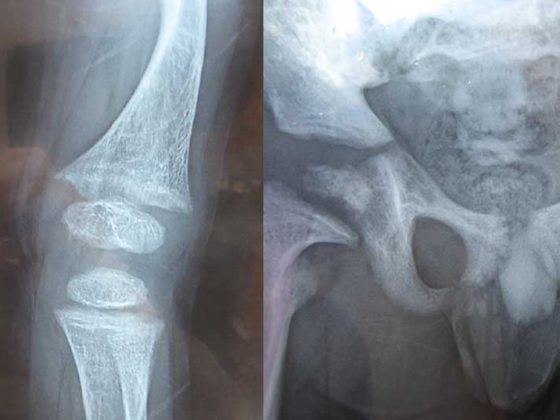Numerous types of cancer occur more frequently with age. At the same time, oncological diseases require surgical intervention in many cases. How to estimate whether the patient will face complications after the surgery or not? In this context, a US study tested the Frailty Index as a prognostic tool.
Data from the National Surgical Quality Improvement Program (NSQIP) on a total of 95 108 urologic procedures and 21 different procedures (including prostatectomy and cystectomy) were used for the study. Patients were all ≥40 years of age, and the study period ranged from 2007 to 2013. Complications that occurred within 30 days of surgery were analyzed.
Clear connection shown
The majority of those operated on were over 60 years of age. On average, the complication rate was 11.7%. About 40% of the patients had no or one frailty criterion each, and about 20% had two or more limitations according to the Frailty Index (FI). The FI includes eleven limitations such as lowered functional status or decreased sensorium.
As FI increased, so did the rate of mild and severe complications. This association remained after controlling for important variables such as age, ethnicity, smoking status, and method of anesthesia. With an FI value ≥0.18, the odds ratio was 1.74 (95% CI 1.64-1.85). Or put another way, a patient with at least two frailty criteria had a 74% increased risk of postoperative complications compared with a nonfrail patient. When patients were divided into age groups (in 10-year increments), an increasing FI value remained associated with an increasing complication rate until the age of 81 years. The most frequently observed complications included rehospitalizations (6.2%), blood transfusions (4.6%), and urinary tract infections (3.1%).
Geriatric assessments are useful
Frailty was strongly associated with the rate of postoperative complications in this retrospective study. This was true for almost all age groups and procedures. This impressively demonstrates the importance of preoperative assessment of the elderly patient.
The benefit-risk assessment becomes increasingly important in old age: Is the patient physically active and independent or are there already significant limitations, is he perhaps even immobile or dependent on external assistance? Overall, functional status is still underreported in risk assessment compared with other factors such as comorbidities. It is shown that classical risk scores have a comparable prognostic significance as scores based on a geriatric-functional assessment – e.g. the Frailty Index [1,2]. Such measurements can be used to close gaps and specific demands in the aftercare of patients who have undergone surgery and to initiate preventive measures at an early stage. In the case of questionable interventions, it is worthwhile, according to the authors, to include the FI in the decision-making process along with other tools.
Absolute or relative indication?
However, whether postoperative outcomes can actually be improved with FI has not yet been proven by retrospective analysis – this would require a prospective study at multiple hospitals that also takes into account whether the indication for surgery is absolute or relative. The present study made no distinction in this regard. For absolute indications, the FI has a subordinate role, if any, as a decision-making tool.
Source: Suskind AM, et al: Impact of frailty on complications in patients undergoing common urological procedures: a study from the American College of Surgeons National Surgical Quality Improvement database. BJUI 2016. DOI: 10.1111/bju.13399 [Epub ahead of print].
Literature:
- Stortecky S, et al: Evaluation of multidimensional geriatric assessment as a predictor of mortality and cardiovascular events after transcatheter aortic valve implantation. JACC Cardiovasc Interv 2012 May; 5(5): 489-496.
- Schoenenberger AW, et al: Predictors of functional decline in elderly patients undergoing transcatheter aortic valve implantation (TAVI). Eur Heart J 2013 Mar; 34(9): 684-692.
InFo ONCOLOGY & HEMATOLOGY 2016; 4(3): 4.












